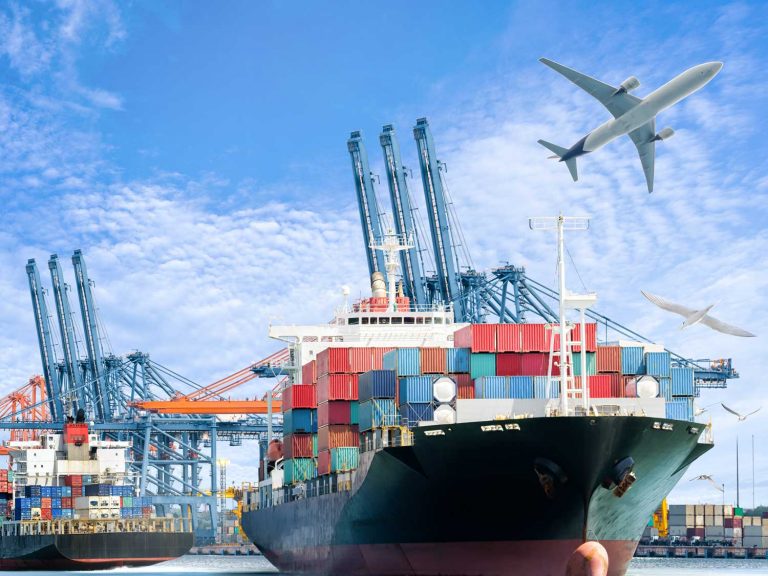
Date:
Take advantage of Sea/Air savings
Falling rates makes sea/air a very attractive commercial option, at 50% of the cost of pure air freight, from the main manufacturing areas within the Indian Subcontinent and Far East/China.
Over the last few weeks Far East air freight rates have continued to harden, as capacity has reduced from China and South East Asia.
The Indian subcontinent has remained stable, but at high rates, due to the lack of flights into the region. Continued restrictions in trade, with local lockdowns, is impacting airport/port activity, reducing the number of air cargo carriers operating in the market.
At the same time the strategic global air freight hubs, Singapore and Dubai, have been adding air freight capacity.
This new capacity includes full cargo flights, freighters and belly-hold space, with the return of passenger flights to these major transhipment hubs, as increasing passenger demand to areas that are considered safe to travel, transit the two hubs for connections.
This has resulted in air freight rates from these regions reducing over recent weeks making sea/air a very attractive commercial option at 50% of the cost of pure air freight from the main manufacturing areas within the Indian Subcontinent and Far East/China.
Sea/Air is a hybrid mode where the first part of the transit is undertaken by ocean freight to the midway hub and then transferred from ocean freight container to the airport to be moved on the final leg by air freight.
Sea/Air is particularly popular with large volume shippers of time-sensitive product and those with valuable cargo, because it is both swift and ultra-secure.
The sea container is locked and sealed at the freight terminal and remains in secure areas at all times, including the sea/air transfer point, when the container is backed up to the air freight terminal, within a secure perimeter, for direct transfer to airline pallets and loaded to the aircraft.
Singapore and Dubai offer excellent hubs due to the proximity of the sea port to the airport and also because of the large volumes of airlines that use the airports as transit hubs, that do not necessarily terminate their flights in the two countries.
Metro operate established sea/air services from The Far East and Indian Subcontinent through both Singapore and Dubai, with transits varying between 10 days (Singapore) to 20 days through to door UK/Europe and currently at 50% of the market rate of air freight.
So a fast turn around and a relatively low cost alternative to pure air freight and the slower ocean freight platform.
Sea/Air services have not been particularly prevalent during the pandemic as both Dubai and Singapore were on full lockdown and demand was lacklustre. However with market conditions and dynamics now changing there is a resurgence in the demand and need for sea/air as an option.
For further information please contact Jimi Copperwheat Metros express product manager who will talk you through the service options, variety of different routings and cost available in the current market.
